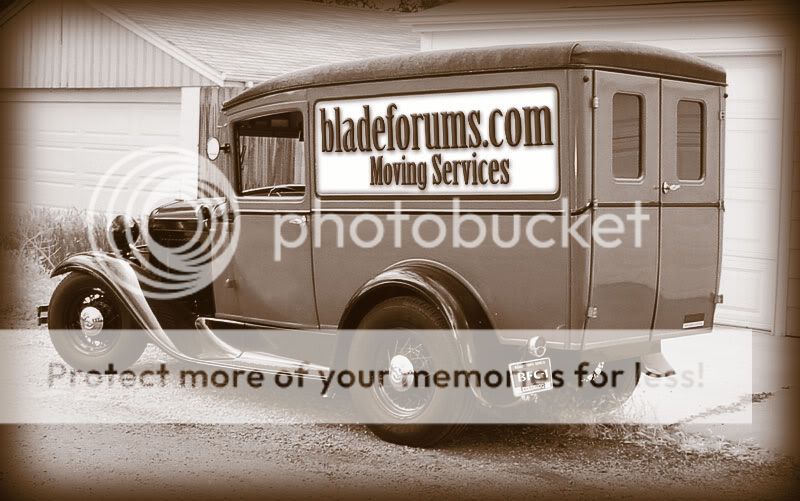This is stumping me. I have edges on some knives that are reeeeeaaalllly sharp. Yet, though they WILL "push cut" paper, it is nowhere near the ability to pull cut it.
Does the direction of the abrasion in sharpening have anything to do with the ability to push or pull cut? Or is it ONLY the degree of sharpness?

Does the direction of the abrasion in sharpening have anything to do with the ability to push or pull cut? Or is it ONLY the degree of sharpness?

